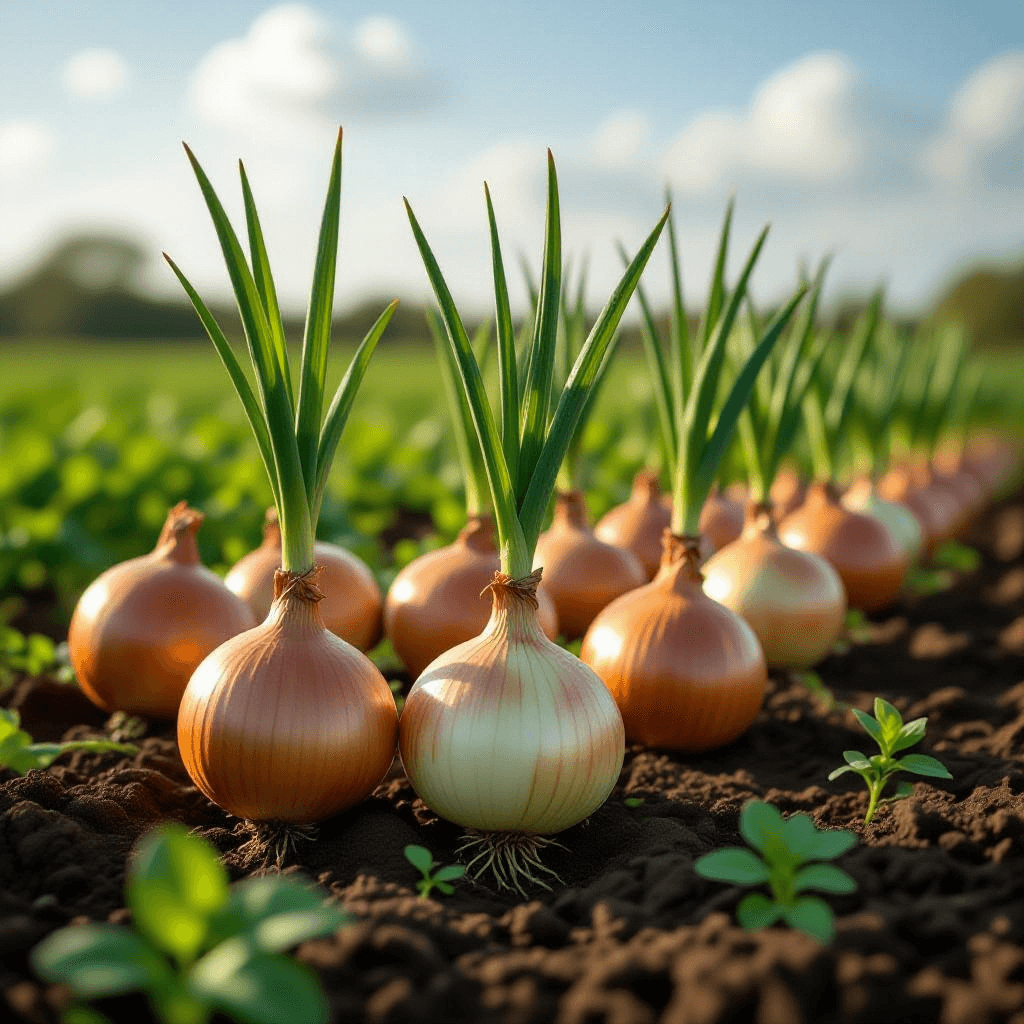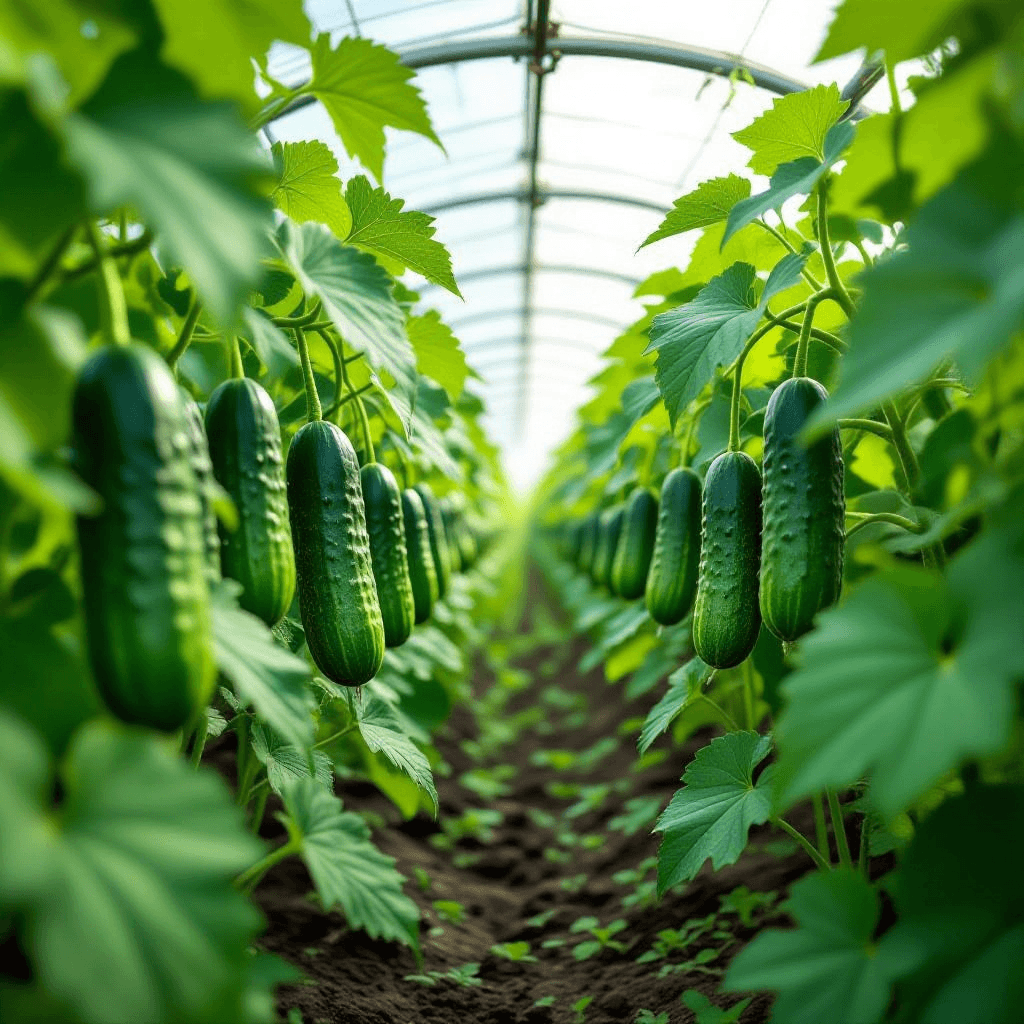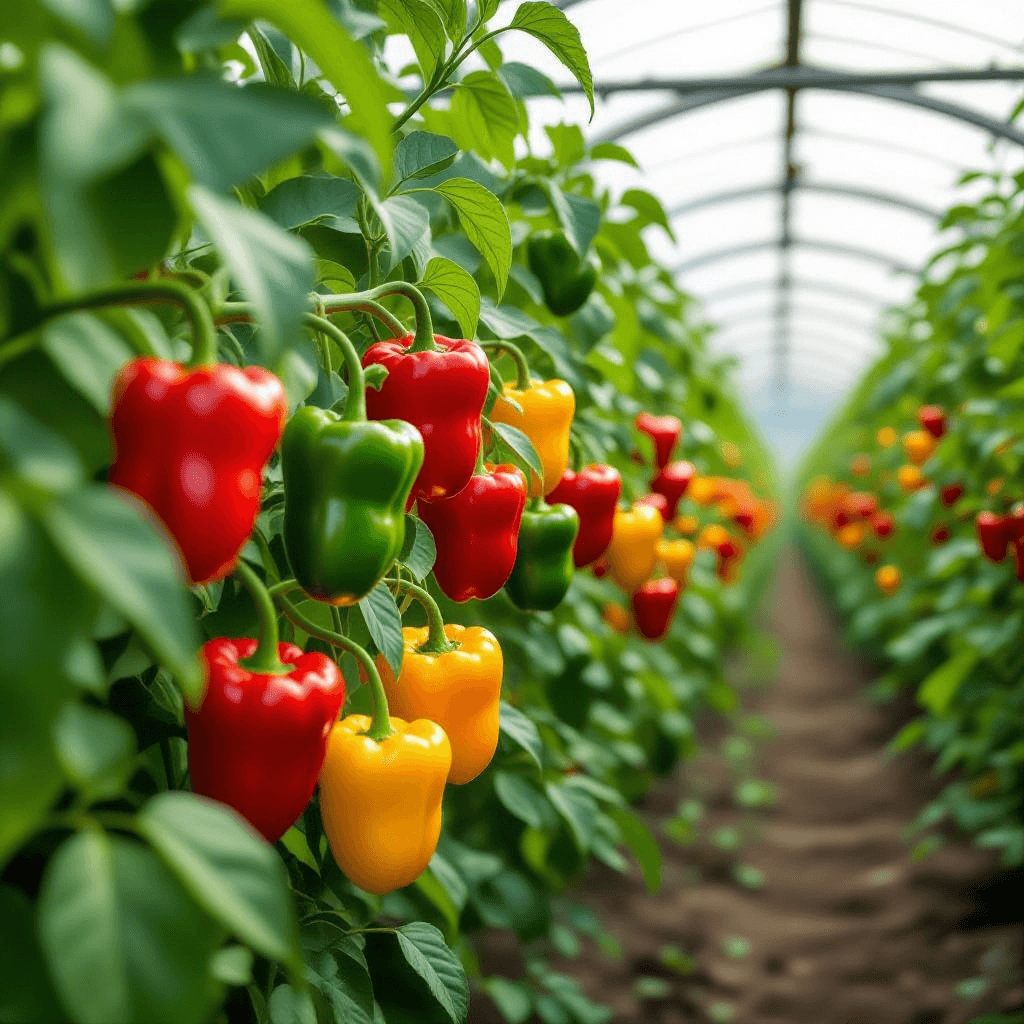Choosing the Right Onion Variety
When cultivating onions in the UK, selecting the appropriate onion variety is crucial for achieving a successful crop. The climatic conditions, including temperature and daylight hours, can significantly influence the growth of onion plants. In the UK, three primary types of onions are cultivated: red, yellow, and white onions. Each variety possesses unique attributes that cater to different culinary preferences and growing techniques.
Yellow onions are the most common choice among UK gardeners due to their versatility and hardy nature. They typically have a strong flavor and are suitable for cooking, making them a staple ingredient in various dishes. On the other hand, red onions, known for their vibrant color and milder taste, are often used raw in salads and sandwiches, adding both flavor and visual appeal. White onions, while not as popular in the UK, offer a cleaner, sharper taste and are ideal for certain recipes that call for a lighter onion flavor.
It is also essential to consider whether to grow onions from sets or seeds. Onion sets are small, immature bulbs that can be planted directly into the soil. They are generally easier to handle, require less care, and tend to produce a quicker crop. However, they may not offer the same variety selection as seeds. Onion seeds, on the other hand, allow for a broader range of onion types but require more patience, as they need to be sown earlier in the season and take longer to mature. It is essential to assess your garden conditions and personal preferences when determining which method will best suit your cooking and gardening needs.
Preparing the Soil for Onion Planting
Successful onion cultivation starts with proper soil preparation, which significantly influences the yield and quality of the crop. Onions thrive in well-draining soil that allows for ample root development. The ideal soil type for onions is loamy or sandy loam, providing a balanced texture that retains moisture while facilitating adequate drainage. Ensuring that the soil pH is between 6.0 and 7.0 is crucial, as onions prefer slightly acidic to neutral conditions, which contribute to optimal nutrient availability.
Before planting, it is essential to assess the soil condition, particularly its drainage capability. Poorly drained soil can lead to water accumulation, increasing the risk of rot and disease in onion plants. To enhance drainage, consider raising the planting beds or incorporating organic materials such as compost or well-rotted manure. These amendments not only improve drainage but also enrich the soil with vital nutrients necessary for healthy onion growth.
The nutrient content of the soil is another significant aspect that needs attention. Onions are heavy feeders, meaning they require a soil rich in nitrogen, phosphorus, and potassium. Conducting a soil test can help ascertain the nutrient levels and allow for the addition of fertilizers or organic matter to address any deficiencies. When enriching the soil, application of compost prior to planting can help create an ideal seedbed by promoting soil structure and fertility.
The best time to prepare the soil for onions is in the early spring, ideally two to three weeks before the planting date. This timeframe allows for soil amendments to be fully integrated and for the soil to reach an optimal temperature for seed germination. Creating a fine seedbed by tilling the soil, breaking up clumps, and leveling the ground ensures that onion sets or seeds can be planted at the appropriate depth, offering them the best start for healthy growth and high yields.
Planting Techniques for Onions
When it comes to planting onions in the UK, employing the right techniques is essential for achieving a robust crop. Depending on whether you choose to use onion sets or seeds, the approach may vary slightly, but both methods require attention to timing, spacing, and moisture management to thrive.
The optimal planting time for onions is between March and April, which aligns well with the UK’s temperate climate conditions. Ensure that soil temperatures are consistently above 5°C (41°F) before planting. For those in slightly warmer regions, early planting can lead to an earlier harvest, while late frost risks should always be taken into consideration. If you are planting onion sets, look for small bulbs that are firm and free of blemishes, as these will yield stronger plants.
Spacing is equally important to promote healthy growth. For onion sets, place them approximately 10-15cm apart in rows that are spaced 30cm apart. This allows the onions enough room to form bulbs without overcrowding, which can lead to issues such as rot. If opting to grow onions from seeds, plant them about 2.5cm apart and thin them out to 10-15cm apart once they reach about 10cm in height. This process will encourage strong bulb development while preventing competition for nutrients.
Before planting, it is vital to prepare your soil, ensuring that it is well-drained and rich in organic matter. Incorporating compost prior to sowing will enhance nutrient availability. Additionally, watering at the time of planting is crucial. Adequate moisture helps the roots establish in their new environment. During the germination period, consistently monitor soil moisture levels, as onions require regular watering but are sensitive to soggy conditions. Maintaining balanced moisture not only supports germination but also lays the groundwork for a fruitful onion harvest.
Care and Maintenance for Healthy Onion Growth
Proper care and maintenance are pivotal in fostering robust onion growth. Weeds can compete with onion plants for essential nutrients and water, thus it is critical to manage them effectively. Regularly monitoring the garden and applying mulch can inhibit weed growth while also preserving soil moisture. It is advised to hand-pull weeds rather than using herbicides, as this minimizes potential harm to the delicate onion plants.
Pests and diseases can pose significant threats to your onion crop. To safeguard your onions, implementing preventive measures is essential. Regularly inspect your plants for common pests such as onion flies and thrips. Barriers like row covers can provide a physical deterrent. Crop rotation plays a vital role in disease prevention by disrupting the life cycles of pathogens. Maintaining overall plant health will enhance onion resistance to pests and diseases.
Consistent watering is another fundamental aspect of onion care. Onions require well-drained soil, so it is vital to keep the soil adequately moist but not waterlogged. A general recommendation is to provide about an inch of water per week, but this may vary depending on weather conditions. It’s advisable to water onions more during dry spells, as they will respond positively to consistent moisture.
Fertilization is equally important for optimal growth. Onions benefit from a balanced fertilizer typically in early spring. Observing signs of nutrient deficiency, such as yellowing leaves, can help identify whether additional nutrients are required. If deficiencies are detected, applications of nitrogen-rich fertilizers can rectify the problem.
Finally, knowing when to harvest onions is crucial for their quality and storage lifespan. Harvesting timing generally depends on the type and variety of onions, but a common indicator is the yellowing and falling over of the tops. Once harvested, ensure adequate drying before storing to prevent rot. Place onions in a cool, dry, and well-ventilated area to maximize their longevity. Proper care and maintenance throughout the growth cycle will not only enhance yield but also ensure a successful harvest.


